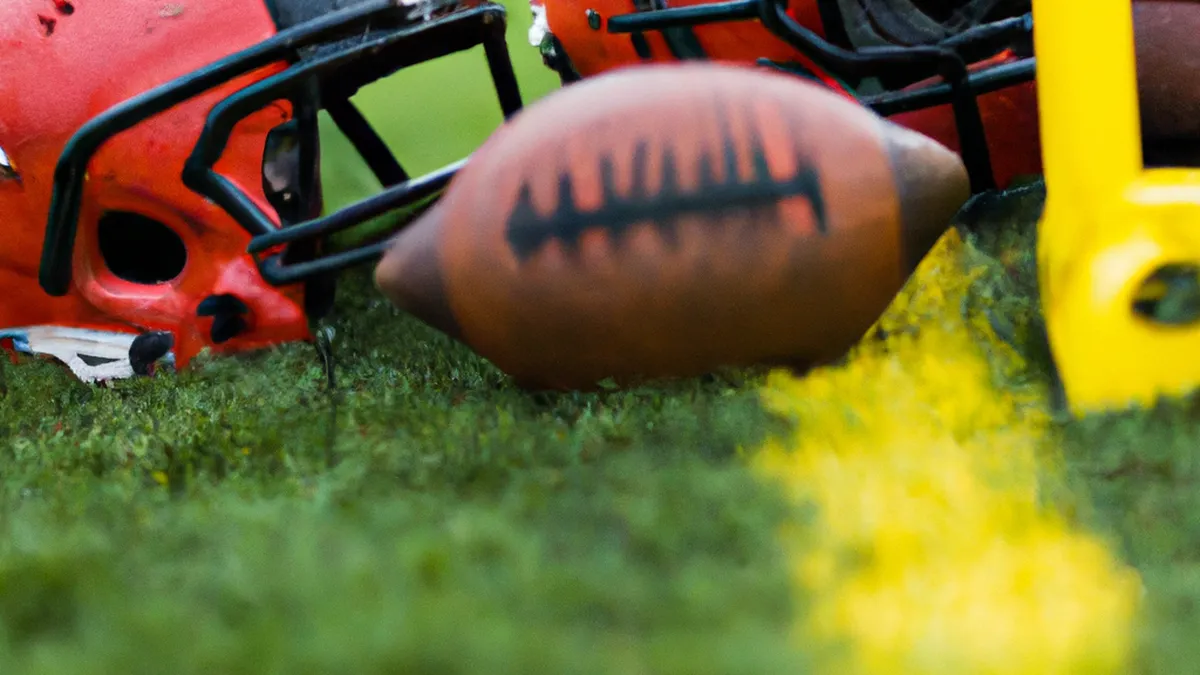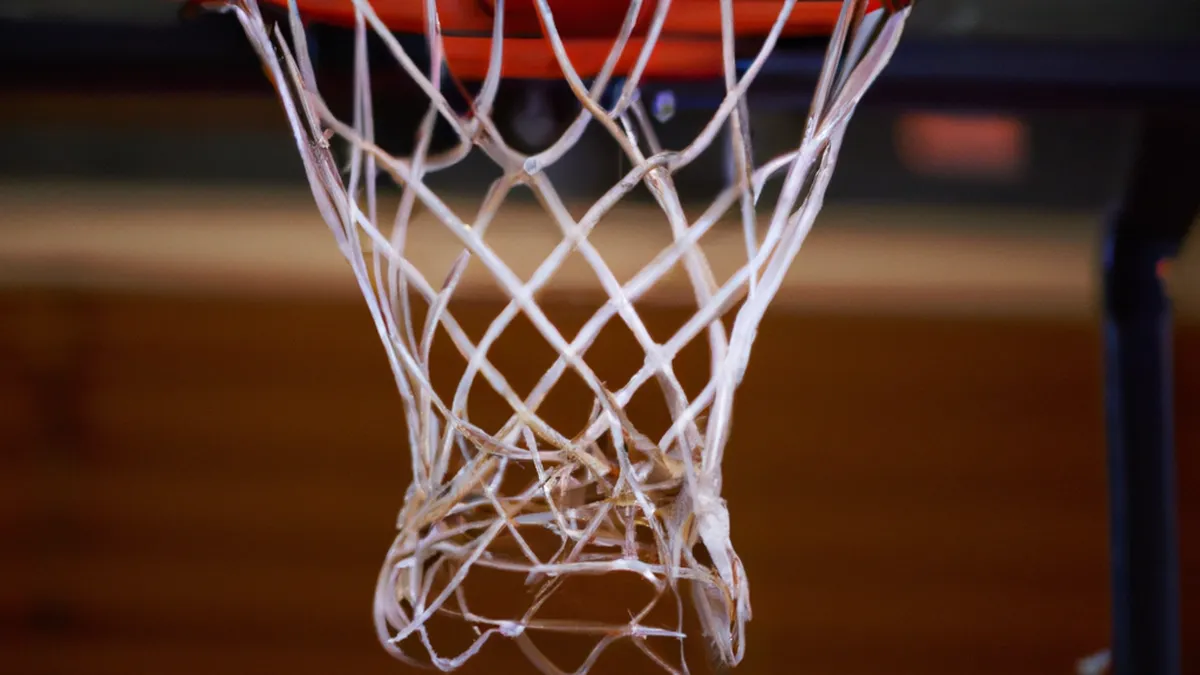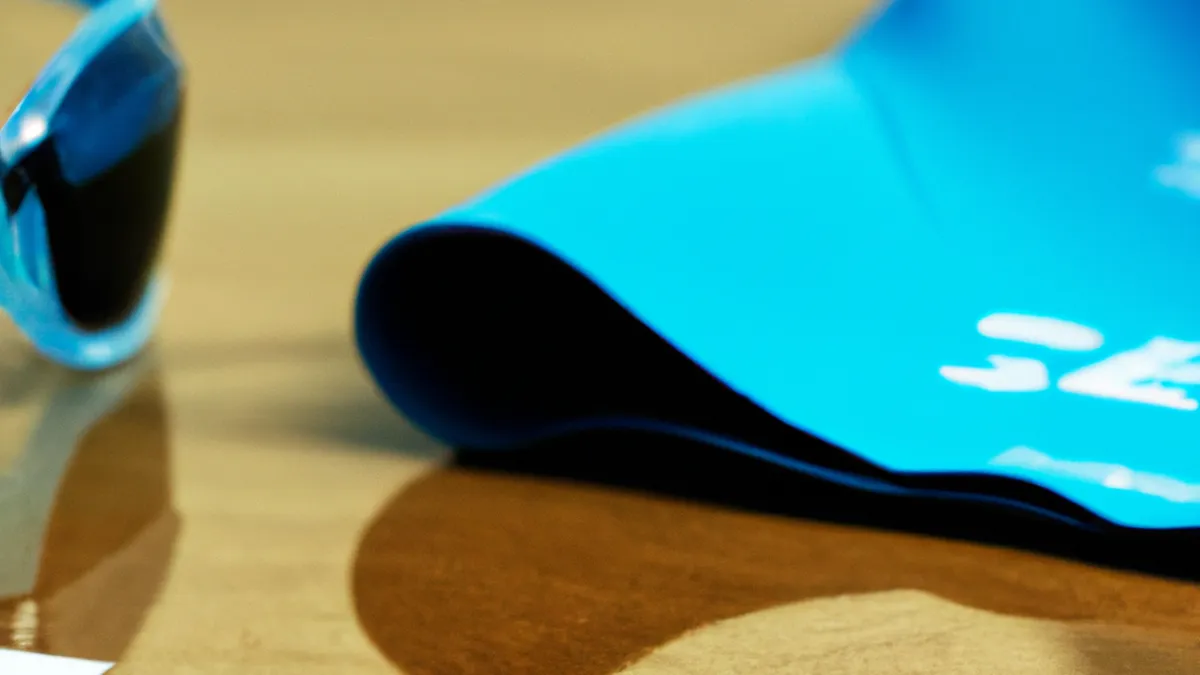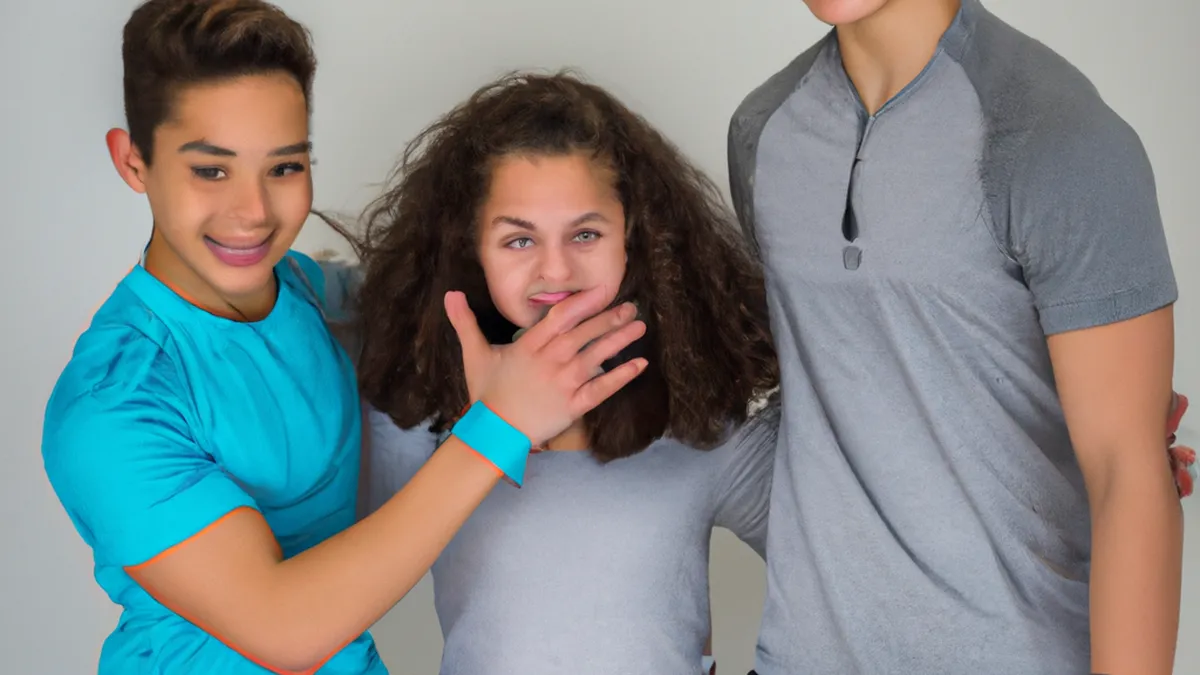Target Your Calves: Workouts for Sever’s Disease
Strengthening Exercises for Sever’s DiseaseSever’s disease, or calcaneal apophysitis, causes heel pain in active children and adolescents. It typically affects kids aged 8 to 14 during growth spurts. The growth plate at the back of the heel becomes inflamed from repeated stress, especially from running, jumping, and sports. Although painful, strengthening exercises can alleviate discomfort and support recovery. This blog explores effective exercises, implementation tips, and benefits of a strong heel and foot structure.
Understanding Sever’s Disease
Sever’s disease occurs when the heel bone grows faster than surrounding muscles and tendons. This imbalance creates tension and inflammation. Children may feel pain during physical activities and discomfort while walking or standing. Recognizing symptoms, such as localized pain, swelling, and tenderness, ensures timely treatment. If you suspect Sever’s disease, consult a healthcare professional for diagnosis and treatment.
Key Strengthening Exercises
As an Amazon Associate I earn from qualifying purchases.
Gear tip: consider compression sleeves, compression socks, and percussive massager to support this topic.
Incorporating strengthening exercises into your child’s routine can relieve Sever’s disease symptoms. The following exercises target muscles that support the heel and ankle, promoting strength and flexibility:
1. Calf Raises
Calf raises strengthen the gastrocnemius and soleus muscles. Have your child stand with feet flat, shoulder-width apart. They should slowly rise onto their toes and hold briefly before lowering. Start with three sets of 10 to 15 repetitions at a controlled pace. This exercise strengthens calves and improves balance.
2. Heel Walking
Heel walking strengthens muscles around the heel. Encourage your child to walk on their heels for 20 to 30 seconds with toes off the ground. They should maintain balance while engaging lower leg muscles. Repeat three to five times. Heel walking enhances ankle and foot stability during physical activities.
3. Towel Stretch
The towel stretch increases flexibility in calf muscles and the Achilles tendon. Have your child sit with legs extended. They can place a towel around one foot’s ball and gently pull while keeping the leg straight. Hold for 15 to 30 seconds, then switch feet. Aim for three repetitions on each side. This stretch helps alleviate tightness and promotes a greater range of motion.
Conclusion
Strengthening exercises provide relief from Sever’s disease symptoms. Incorporate these exercises into your child’s routine for better recovery and enhanced foot structure.
Below are related products based on this post:
FAQ
What is Sever’s disease?
Sever’s disease, also known as calcaneal apophysitis, is a condition that causes heel pain in active children and adolescents, typically between the ages of 8 and 14. It occurs when the growth plate at the back of the heel becomes inflamed due to repeated stress from activities like running and jumping. Recognizing symptoms early can lead to timely treatment and relief.
What exercises can help with Sever’s disease?
Effective exercises for relieving symptoms of Sever’s disease include calf raises, heel walking, and towel stretches. Calf raises strengthen the gastrocnemius and soleus muscles, while heel walking enhances stability. Towel stretches improve flexibility in the calf muscles and Achilles tendon, contributing to better recovery.
How often should these exercises be performed?
It is recommended to incorporate these strengthening exercises into your child’s routine regularly for optimal results. Start with specific repetitions, such as three sets of 10 to 15 for calf raises, and gradually increase as your child becomes more comfortable. Consistent practice can significantly alleviate discomfort and support recovery.















Post Comment